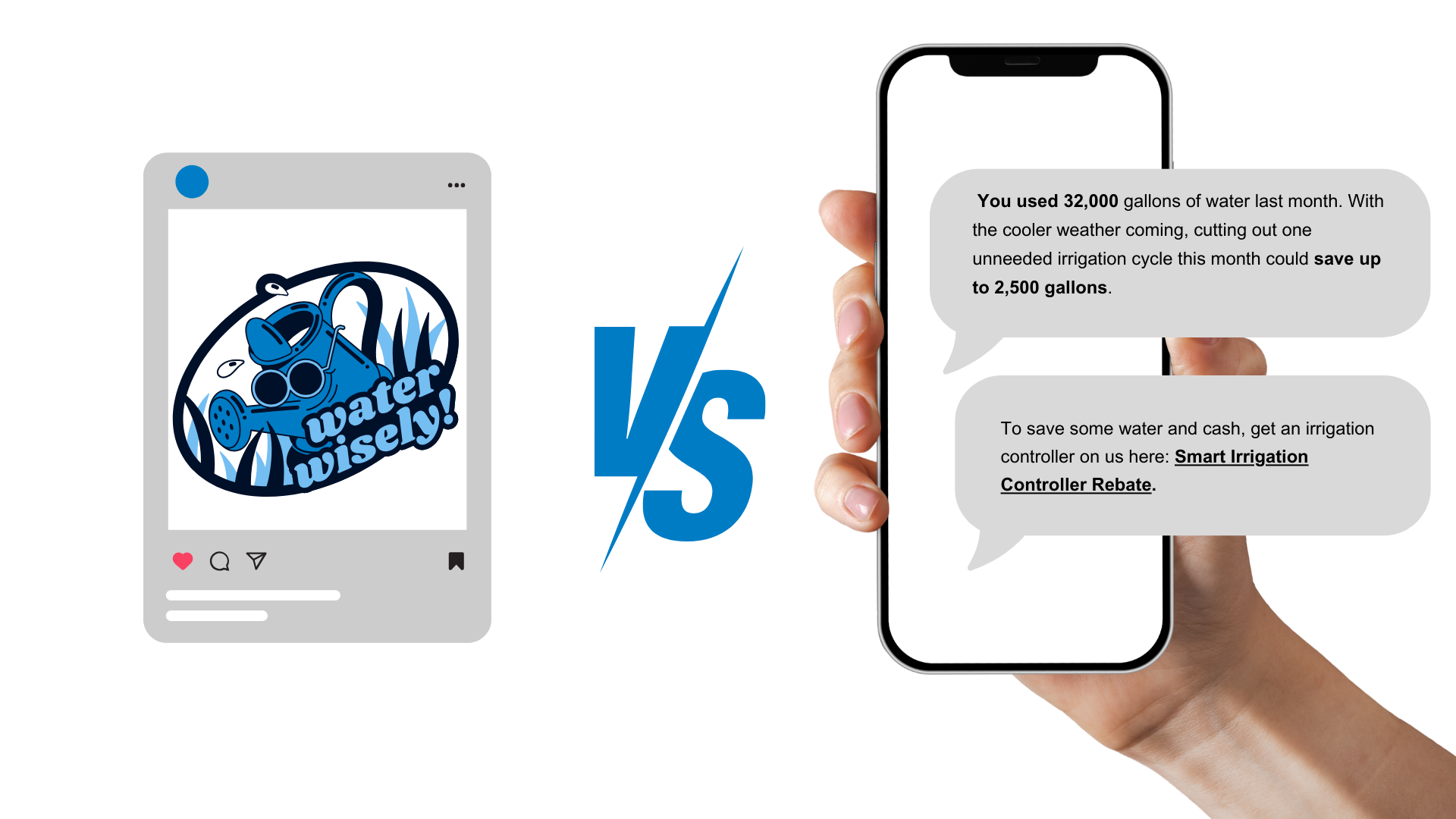When you have 24 hours to notify your customers, what can you do?
Under the Safe Drinking Water Act, American Water Providers have 24 hours to notify customers anytime there is a risk of harm to human health because of water contamination. While no professional water provider ever wants to face a contamination event, research from the University of California, Irvine suggests that in a given year, between 7% and 8% of community water utilities report at least one health-based violation of federal standards. It is important for all utilities to be prepared.
How do contamination events happen?
In 2015, Flint, Michigan, made headlines when a change in its water supply resulted in exposure of thousands of residents to high levels of lead and other contaminants. In 2019, a faulty flow switch led to an overfeed of fluoride into the water system in Sandy City, Utah.
Whether contamination is caused by human error, computer malfunction, or unforeseen circumstances, no water provider plans to be part of a major contamination event. That is why it is so important for all utilities to be prepared.
In a given year, between 7% and 8% of community water utilities report at least one health-based violation of federal standards.
What should water providers tell customers when these events occur?
The EPA sets strict requirements on notifications for contamination events. All notifications should at minimum contain the following 10 elements:









